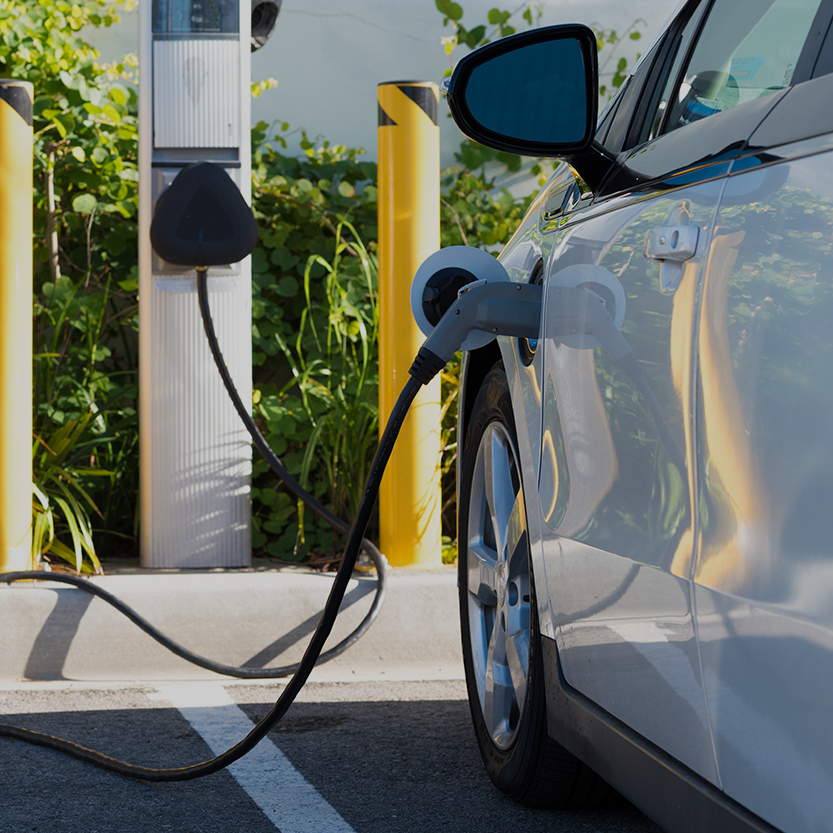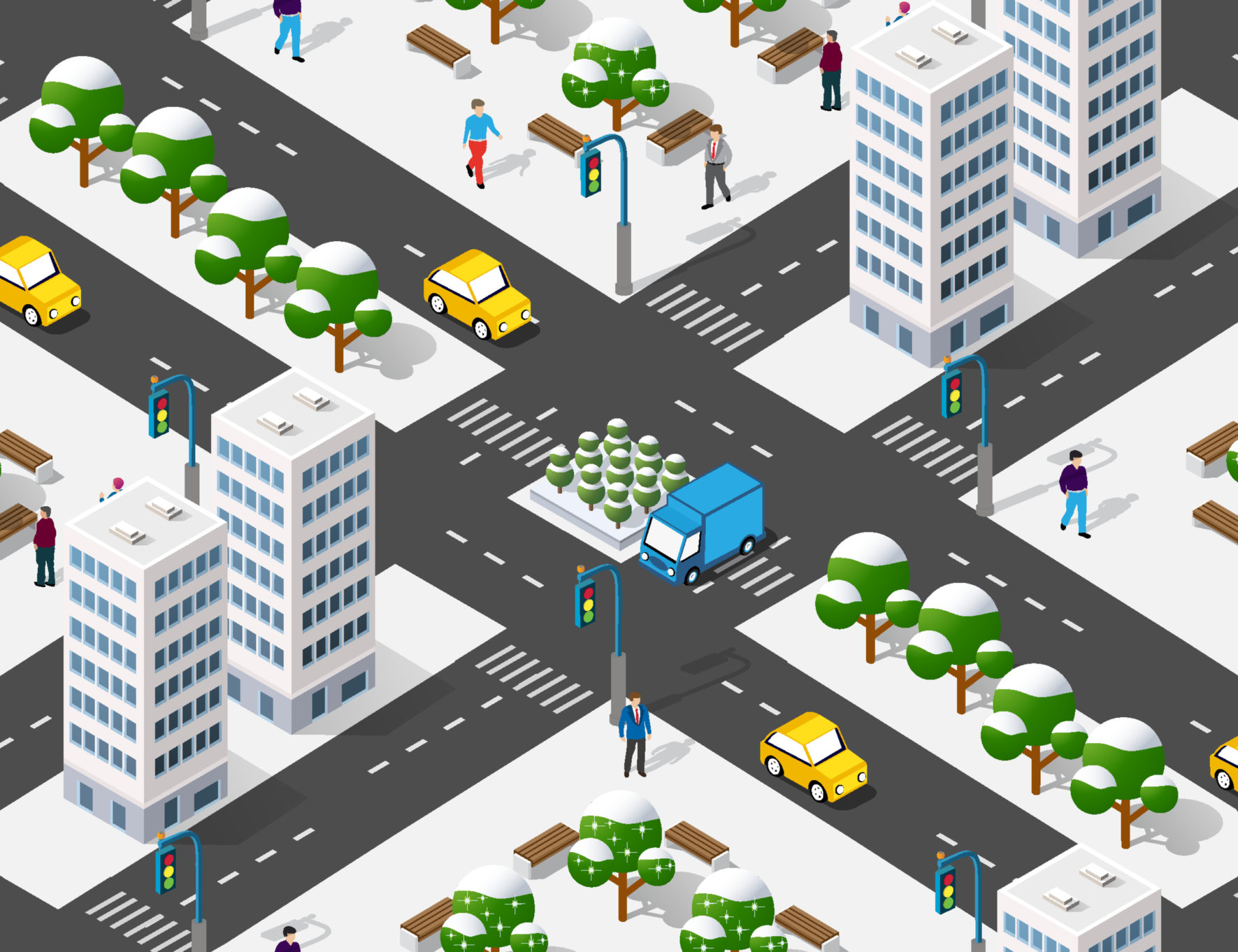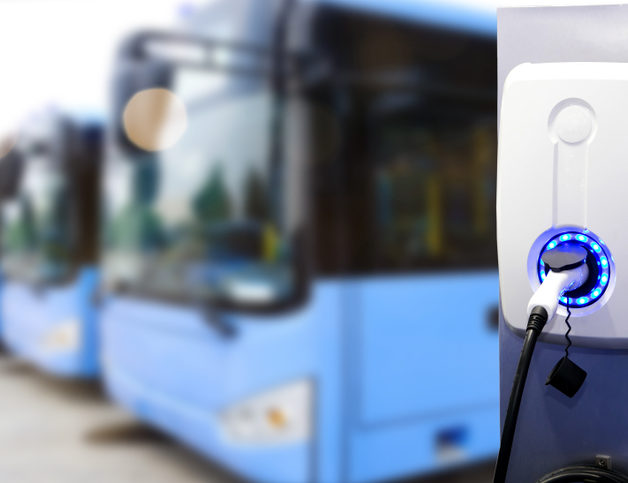In Germany, south of Frankfurt, electric motorways are being tested. Their wiring promises to take electromobility to heavy duty vehicles.
Germany has begun their tests on electric highways as a means to transform the heavy-duty vehicles segment via electromobility. This will reduce their carbon emissions with electric motorways for electric trucks.
This technology consists of overhead wiring lines connected to rooftop pantographs on the trucks with the sole purpose to charge the moving EV. Meanwhile, the electric motor does all the heavy lifting.
Germany is debating about the best way to decarbonize freight transport and to contribute to a Zero-Emission, sustainable mobility landscape as soon as possible. This debate goes around these three options:
- Trucks powered with electric batteries
- Trucks powered with hydrogen fuel cells
- Trucks powered via overhead lines and pantographs
The last option could be more efficient than the first two alternatives. In the German case, Siemens has vast experience installing these wire lines, which are usually used for streetcars and other Zero-Emissions public transport vehicles.
However, larger manufacturers prefer electric batteries and hydrogen fuel cells; Daimler and Volvo are betting on hydrogen cells; according to their own studies, installing batteries can be impractical just for their weight alone. Scania, on the contrary, is developing batteries for freight trucks.
Volkswagen, in association with Scania through Traton Group, supports electric highways. In addition to Siemens, the government agency Autobahn GmbH is involved. At this time, the cable lines on the test motorway south of Frankfurt are approximately three miles long.
This driving tests’ goal is to demonstrate real driving conditions for electric trucks. During the last few months of 2021, heavy-duty vehicles equipped with pantographs will continue to test overhead line technology.
For Siemens, to achieve electromobility on heavy-duty vehicles means to select busy routes to transform them into electric motorways. There is talk of the routes between the Dutch port of Rotterdam and the German city of Duisburg; as well as the route between Hamburg and Lübeck.
While the German government studies which option between batteries, hydrogen cells, and overhead lines with pantographs is the best one in terms of sustainable mobility and public policies, Volkswagen and Siemens place their bets on option C.





